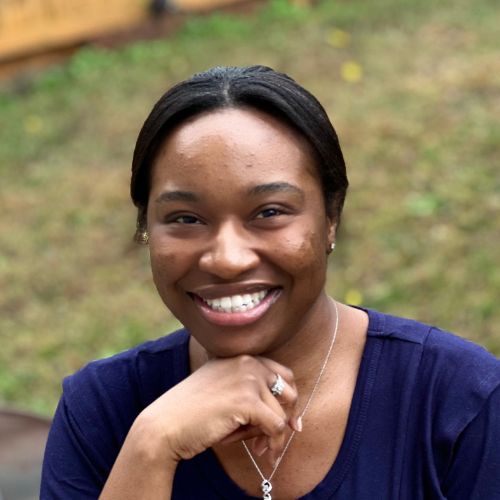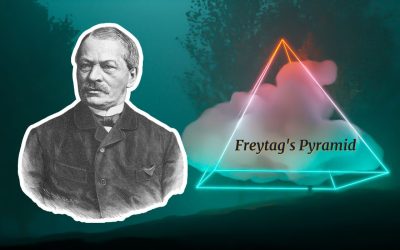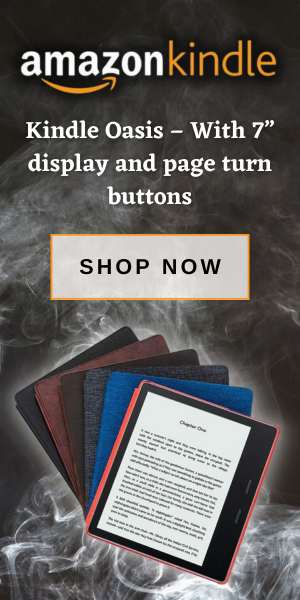Your readers inevitably come from all walks of life, therefore, it’s important to use inclusive and equitable language so that your entire audience feels comfortable, respected, and included. Having a strong awareness of and utilizing appropriate language surrounding various people groups is considered using equitable language. There are many different ways to properly implement inclusive and equitable language in your writing. This article explores the ways you can navigate the best practices of inclusive language in your writing, as well as some exceptions you might need to consider when it comes to narratives or fiction.
How Can You Be Inclusive and Equitable In Your Writing?
There are many different ways to implement inclusive and equitable writing best practices, but the most critical aspect is simply being aware of the proper terms and language. What used to be politically correct even ten years ago might now be considered offensive. Here are some of the examples of recent changes to terminology describing people groups that you might have heard about.
- The NFL changed the name of the Washington Redskins to The Washington Commanders after facing intense criticism for using what is considered a slang term for Native Americans as their original name.
- The Inuit Circumpolar Conference (ICC) adopted the name “Inuit” to designate all Inuit within the circumpolar region, thereby rejecting the use of “Eskimo.” This is stated in the ICC charter, signed in 1980. It’s been only over the last few decades, however, that the Inuit name has become well-recognized and used globally.
- Many professional terms have slowly been adjusted to be more inclusive of gender. Examples include congressman to congressperson, spokesman to spokesperson, policeman to simply police officer. In addition to that, it’s now become grammatically correct to use they and them to refer to a single individual when the gender is not known or defined.
Staying aware of the latest inclusive and equitable terminology is a crucial part of implementing it in your writing. The best way to stay educated and informed is to read the news on occasion, and read recent books and articles about your writing topic beforehand so that you’re well aware of how to remain respectful and inclusive before putting pen to paper.
Avoid Generalizations & Stereotypes In Writing
Being inclusive in writing means you’re respecting various types of people and people groups by avoiding stereotypes, blanket statements, and generalizations. If you’re contemplating using a common generalization or stereotypical phrase in your writing, be sure to look up the history of that phrase to ensure it’s not offensive. Below are some examples of poor and potentially offensive ways to write about others.
- Using stereotypical body descriptions of a certain people group, insinuating that they all look the same.
- Using a blanket statement about a certain group of people about how they live, their ideologies, personalities, or belief systems.
- Giving a fictional character a stereotypical trait that might be considered offensive.
As a writer, I’m sure you’re hoping to get as many people excited about and reading your writing as possible. To achieve a large readership, it’s important not to ostracize readers either accidentally or on purpose. As a writer, remember that you have the responsibility of educating your readers, and you have the power to perpetuate toxicity or respectful language. Which would you prefer to do?
The Difference Between Inclusive and Equitable In Writing
Being inclusive and being equitable in your writing are two different things. Using equitable language in your writing means that you’re remaining very cognizant of common stereotypes, biases, and offensive language surrounding a group of people, and you’re working hard to avoid them. It means you’re writing with an equitable lens that sees all people as equal, and you’re choosing to write fairly and kindly of all. Being inclusive in your writing means that you’re aware that not all people have an equal voice in the world, so you’re making it your mission to include voices and characters from all walks of life.
It’s unfortunate that many marginalized people groups have limited literature available that features them. How many fictional lead characters in a wheelchair can you name, for example? Be considerate of your readership and the world around you, and simply become part of the solution in regards to inclusion and equality.
- Inclusive Writing: This is writing that includes voices from all walks of life as much as possible. It respectfully keeps in mind that there are some marginalized people groups who deeply need to have representation.
- Equitable Writing: This is writing that is staying true to political correctness. This writer is educated on various people groups before writing, and works hard to avoid offensive terms, generalizations, and stereotypes.
Staying True To A Voice Unlike Yours
As a nonfiction writer, you may find yourself in a position where you are telling the story of someone who is the complete opposite of you. Perhaps they are of a different ethnicity, nationality, or walk of life, for example. In this situation, it’s crucial to avoid inserting your own biases and feelings into your piece. Let your subject or interviewee carry the article or story, and feel free to respectfully ask them questions if you’re uncertain about something. Another option is to allow your subject or interviewee to read your piece before publishing it to ensure you have done your job in being equitable.
Being Equitable and Inclusive With Fictional Characters
If you’re a fiction writer and some of your characters are of a different ethnicity, nationality, etc., be sure to educate yourself about those groups of people before writing about them. If your main character has a disability, for example, and you don’t, it’s recommended that you work closely with a consultant who does have a disability. This person can help you formulate an accurate, equitable story that is true to the experience of those with disabilities.
There is nothing wrong with including fictional characters from various walks of life, in fact, this is often appreciated and encouraged. However, you should understand that you don’t know exactly what it’s like to be a person that you’re not. As writers, we are researchers. Grow comfortable and familiar with the research process before and during writing, and don’t be afraid to reach out to someone for an interview or feedback. Most people are honored and excited to provide their insights, especially when it’s for an article or book.
Summing It All Up
As a writer, it’s your mission to perpetuate kindness, inclusion, and equality among all people. Think about the ways you can be inclusive of all kinds of people groups, and remember to write about others with an equitable lens that avoids stereotypes, offensive terms, and generalizations. If you’re ever uncertain about whether you need to improve a piece of writing, don’t hesitate to reach out to someone for an interview or feedback. As always, happy writing!

Tameka Gates is originally from Michigan but now lives in Greensboro, NC. She has her Bachelor’s in English Language and Literature from Southern New Hampshire University and enjoys expressing her thoughts and observations on books and authors. Tameka has a love for reading and writing fiction and nonfiction stories and cares about the structure of a story, the transition words such as; furthermore, therefore, besides, etc., and the type of words used to create a connection with her audience.








